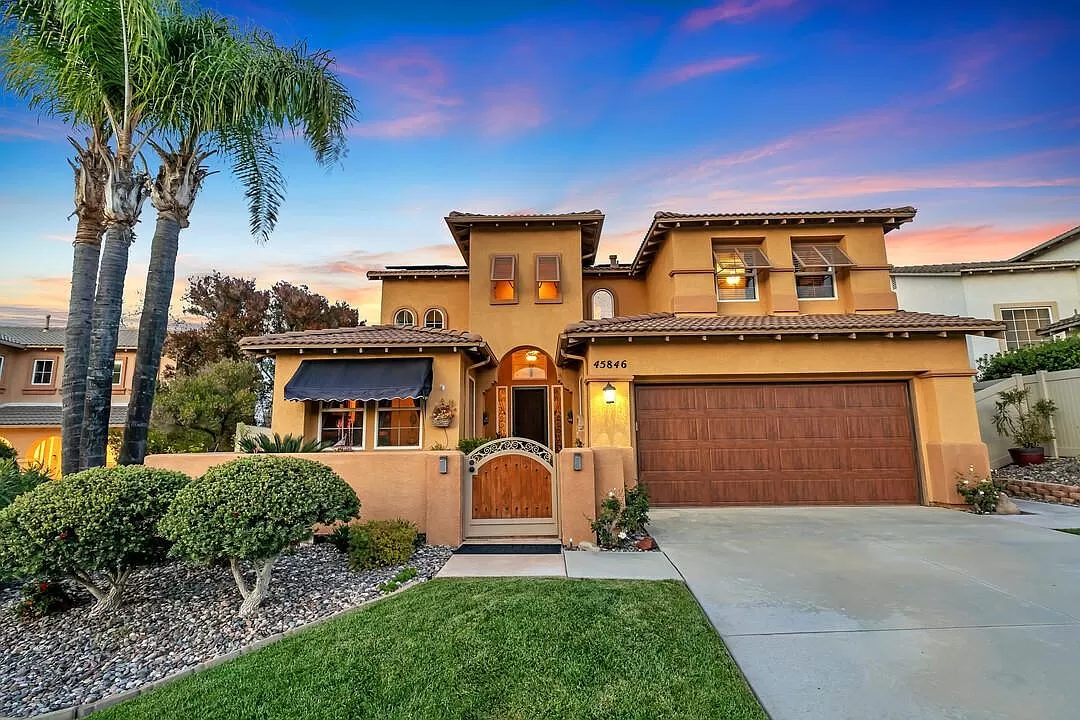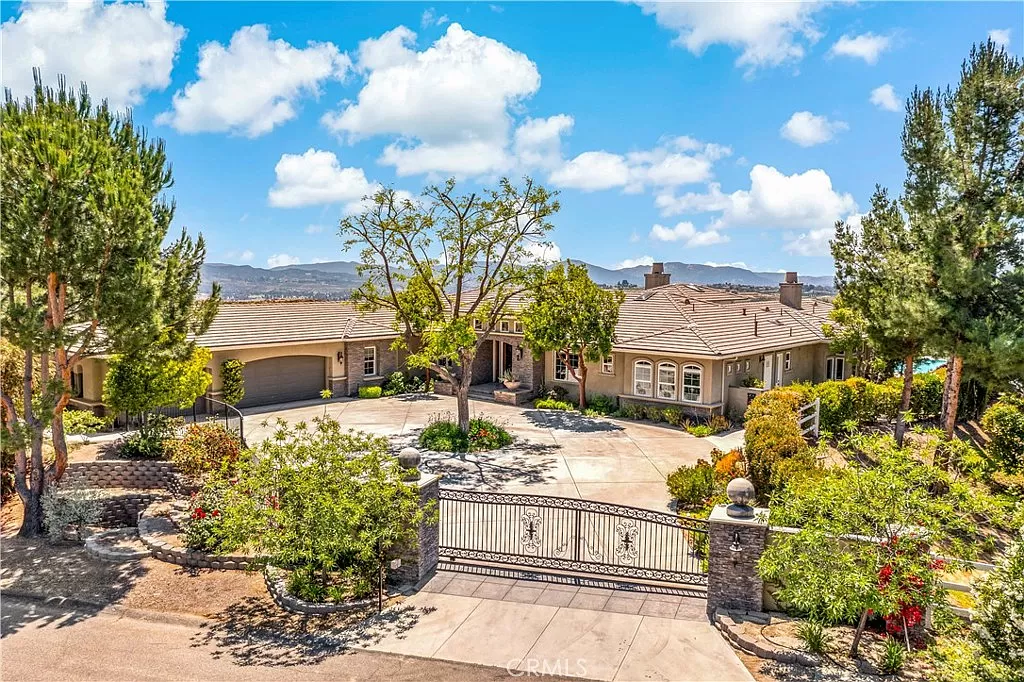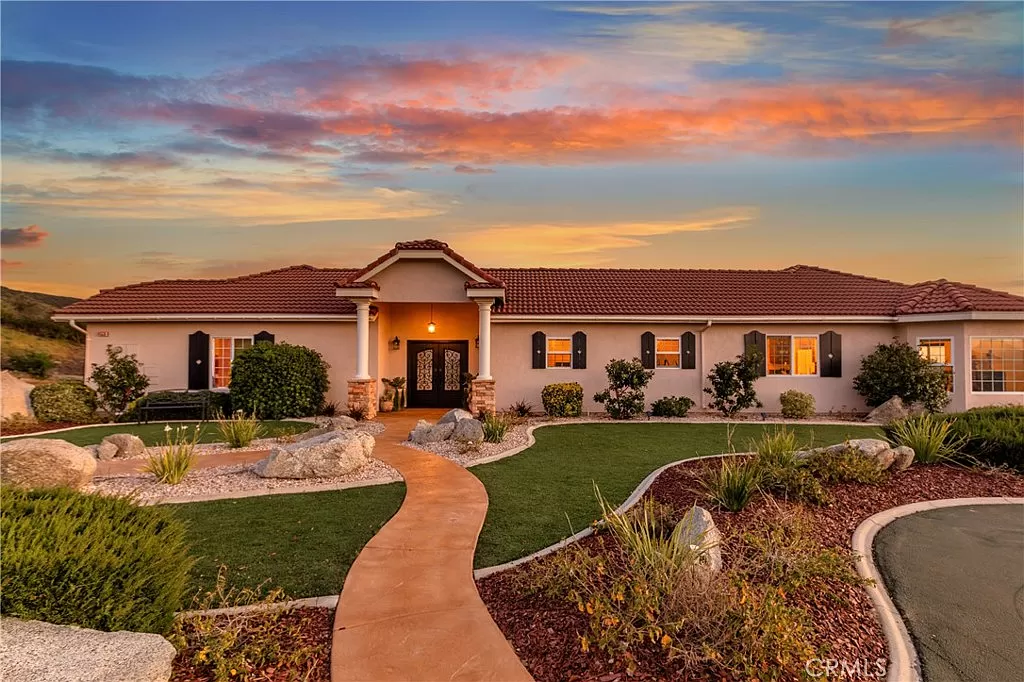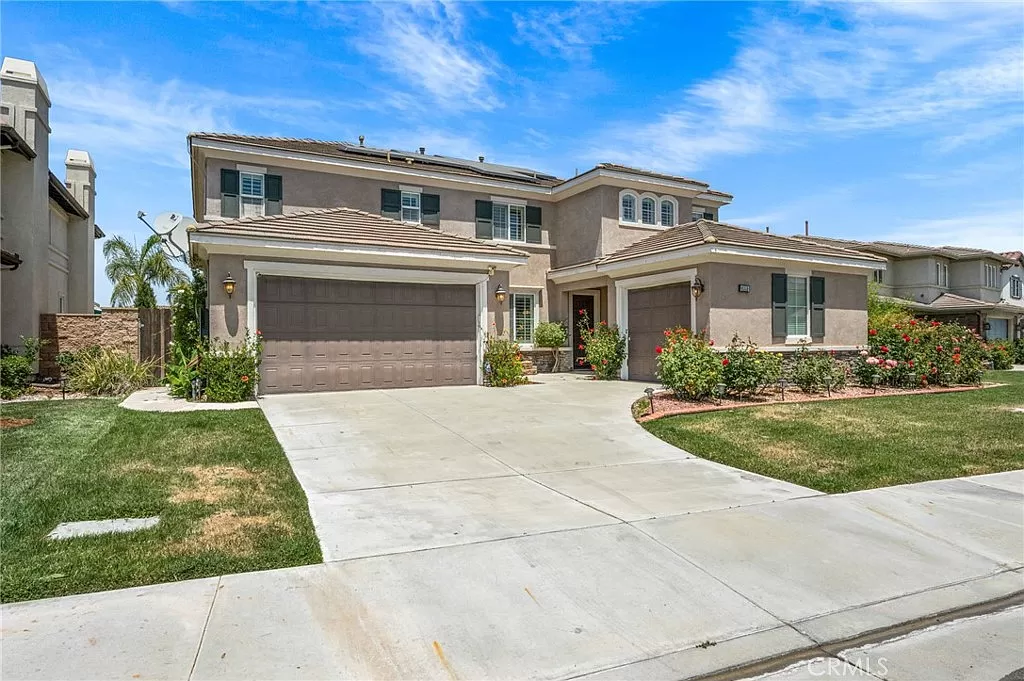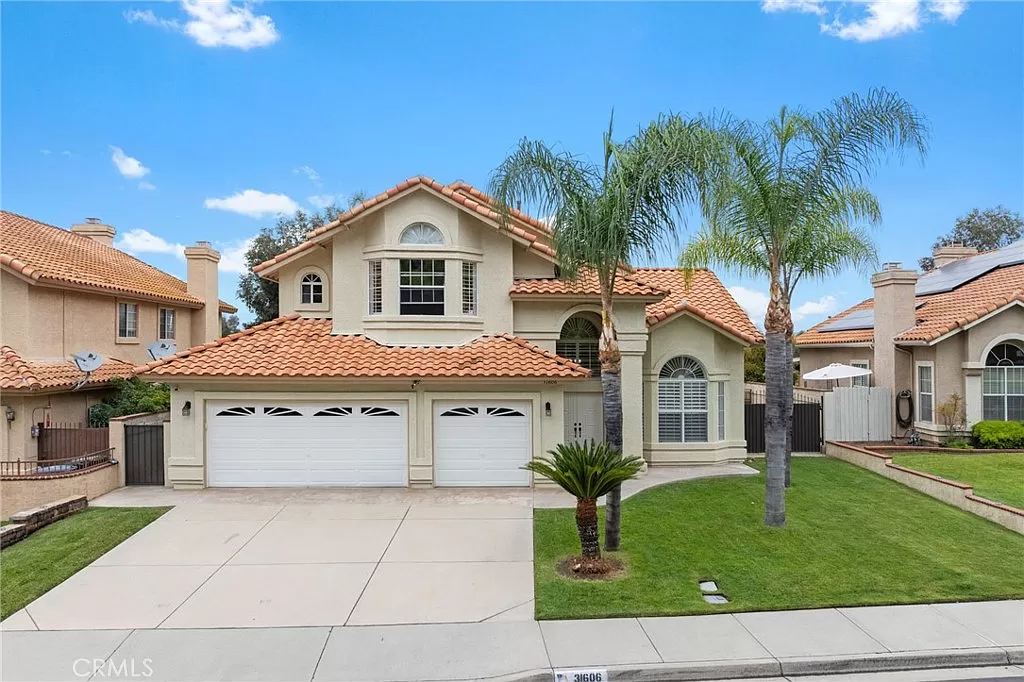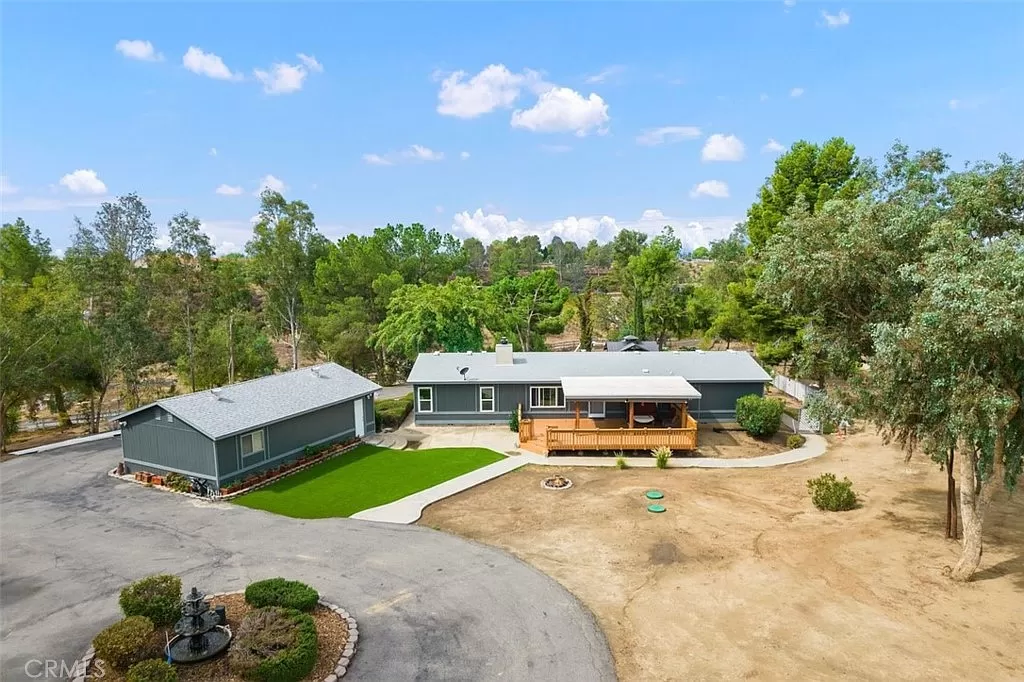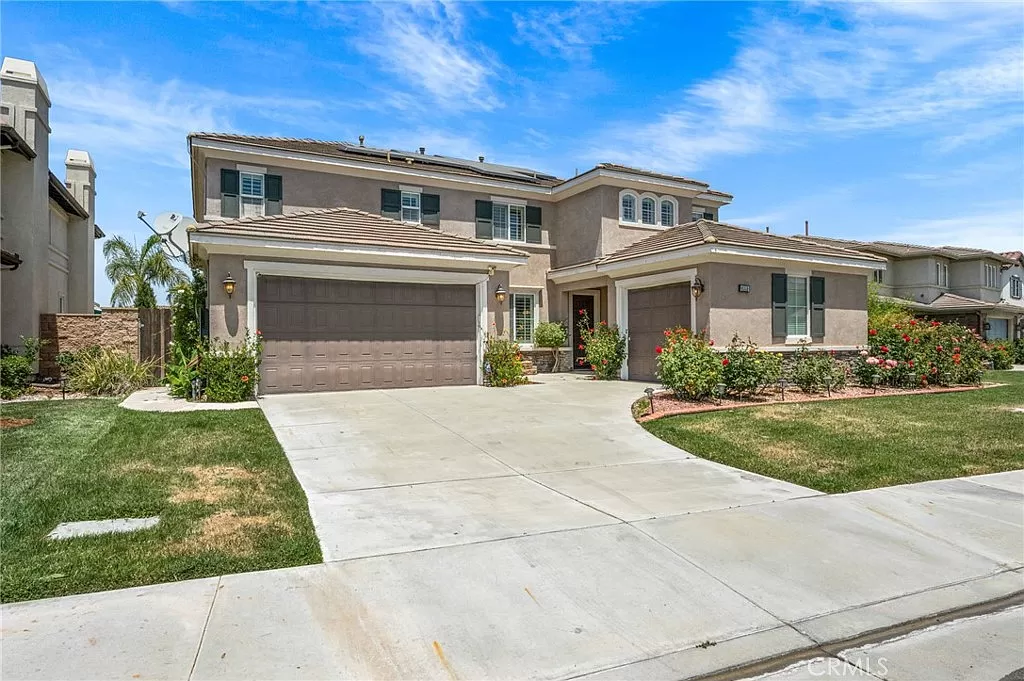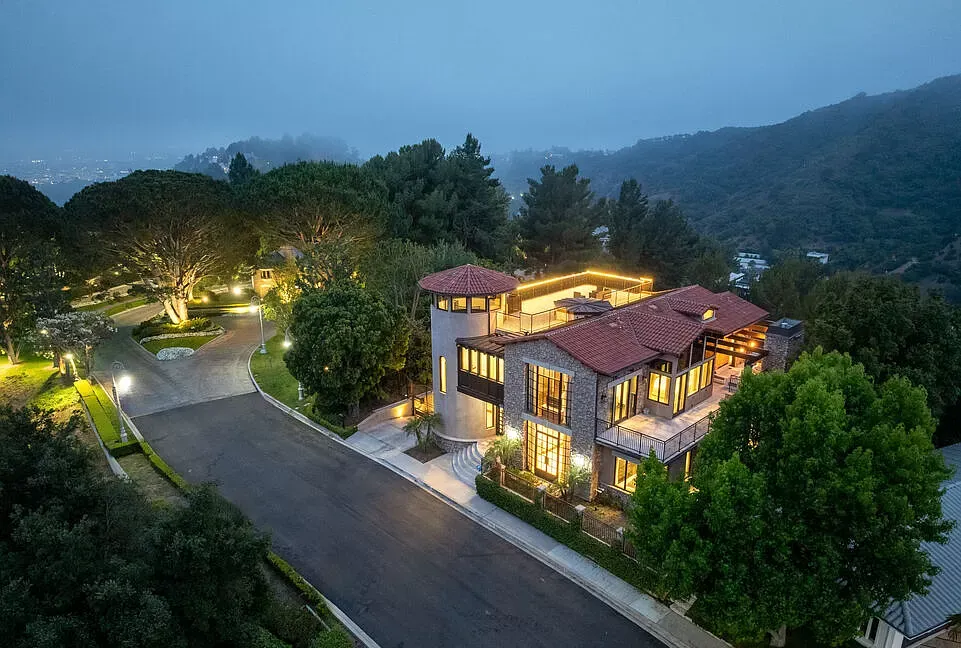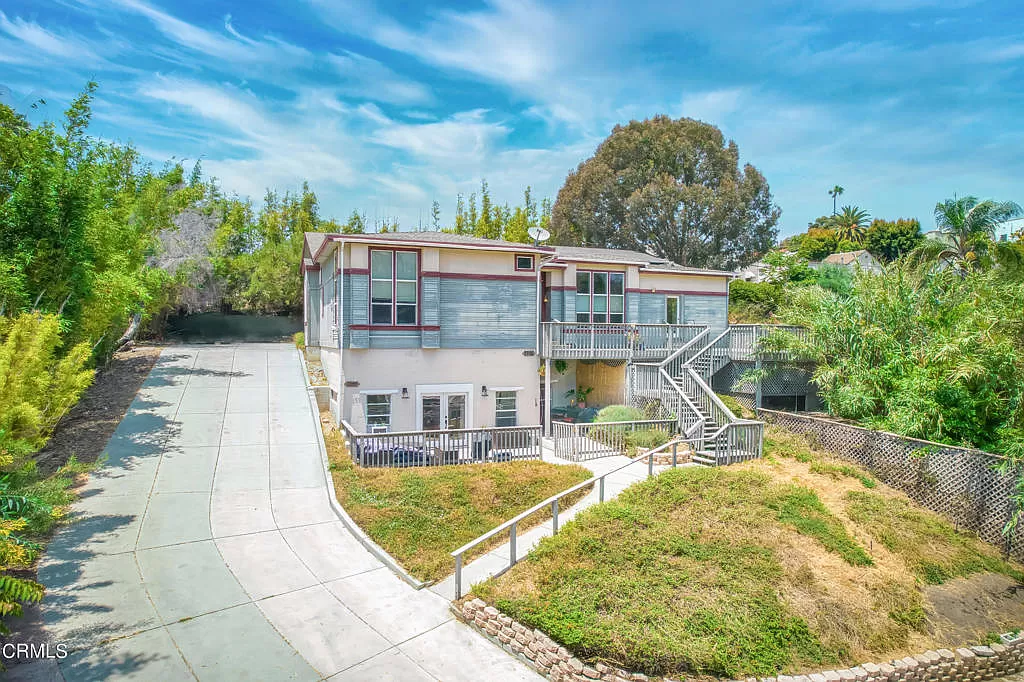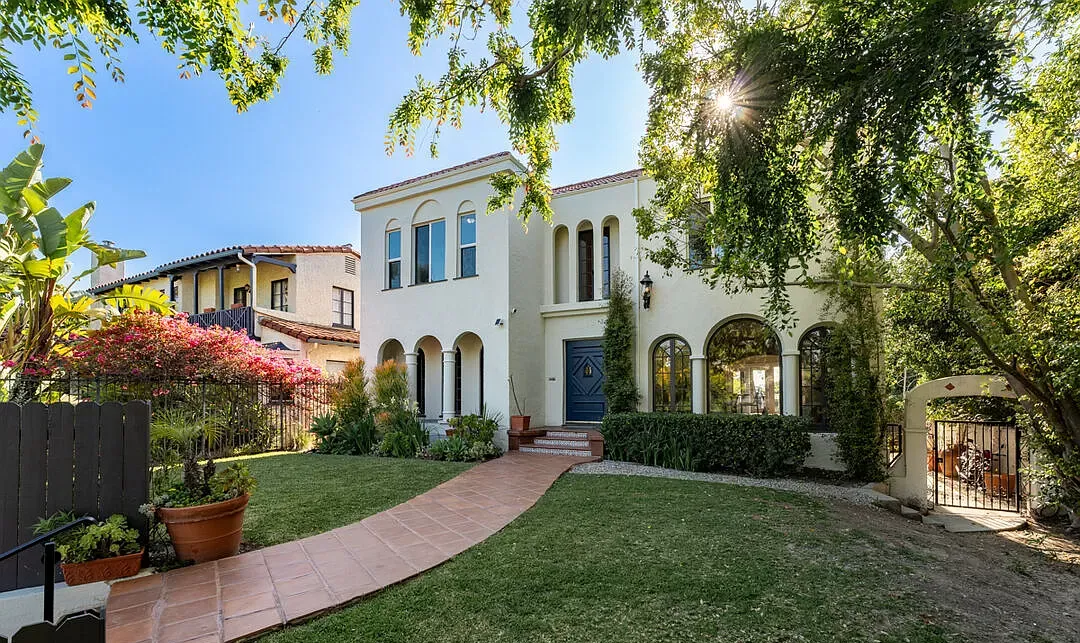Lender Paid Private Mortgage Insurance
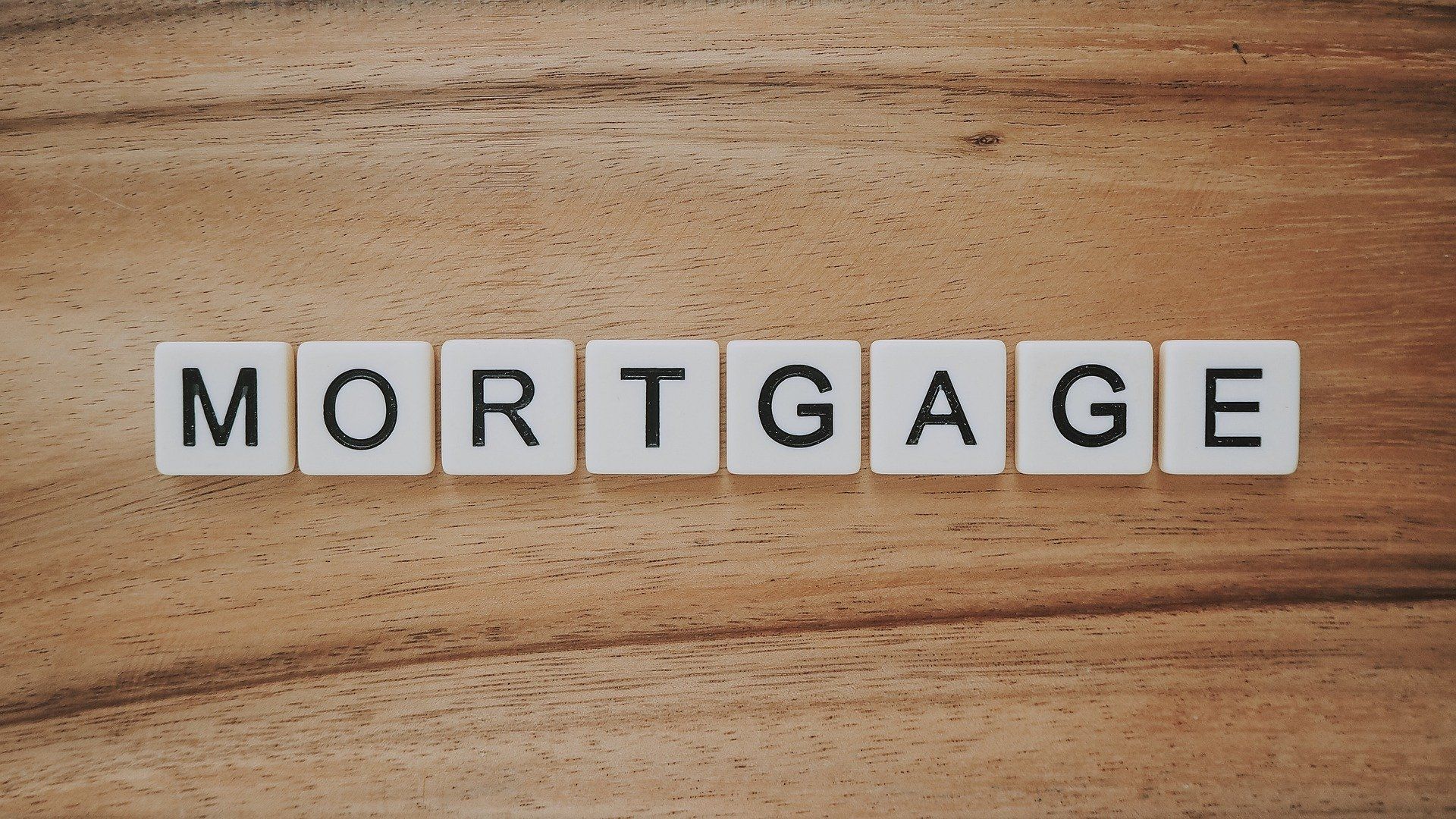
Lender Paid PMI: Redefining the View of Needing 20% to Put Down
Home ownership is the ultimate goal for everyone but there are so many hurdles that need to be jumped. The economic crash of 2008 caused rules and regulations to be tightened, especially when the amount of down payment required is set at 20%. That is a hefty amount for some, such as new buyers. But, there is an alternative – a lower down payment with lender paid PMI – Private Mortgage Insurance. There are even some cases of loans without PMI all together.
Private Mortgage Insurance Explained
Mortgage lenders can work with homeowners who can’t afford to put 20% down, provided a Private Mortgage Insurance policy (PMI) is in place with the borrower. This provides lenders security, offering mortgages to borrowers unable meet the traditional 20% down.
Borrowers can choose to include it in their monthly payments to the lender. Depending on finances and the lender, there is sometimes an option for Lender Paid PMI (LPMI) which allows for the lender to pay the annual PMI upfront on behalf of the borrower and include the costs as part of the monthly payment with a slight increase in the interest rate. This is an amazing option for buyers as client with good credit scores can see a very minimal change in the interest rate when comparing a 20% down rate to a 10% down rate with Lender Paid PMI.
PMI Charges
Costs for PMI are based on a number of factors:
- Down payment percentage
Put simply, there is a direct relationship between the percentage of the down payment and the level of PMI payment. The costs are linked to tiers of 3%, 5%, 10% and 15%, therefore the PMI for a down payment of 15% and over will be the lowest and 3% and over the most. - Credit score
The PMI will be lowest for applicants with a credit score of 760 and over, and again the cost is based in tiers of 20 points, therefore the tiers are 740, 720 etc. - Debt to income (DTI) ratio
The DTI ratio is the percentage of the total monthly debt to gross monthly income. A DTI ratio of over 45% will result in a high PMI. - Number of borrowers
The greater the number of lenders the least risk to the lender, therefore the PMI will be less for two borrowers taking a mortgage out on one property.
Whatever the circumstances, are there are options for homebuyers looking to make that move into that new home – they just do not have 20% to put down on. It is not always easy to save for a down payment or rely on your current home’s equity to provide. The word PMI has a negative connotation to it opens the door for homebuyers to get home’s equity to provide. “PMI” has a negative connotation to it, when in reality it has been an amazing option for so many buyers. Lender paid PMI opens the door for homebuyers to get themselves in a new home with less than 20% down with a much lower payment than most anticipated. The amount of time a buyer or homeowner would need to save say 20% down compared to only 10% down coming from their sale could be as much as 5 years in many cases. Imagine the amount of equity someone would have now if they bought with just 10% down in 2016 compared to waiting until 2021 to buy. Remember the rise in your home’s value is not contingent upon your down payment.
Saving up for a down payment requires a lot of restraint. Borrowers can build up a significant level of savings and it may be too tempting to pay for improvements in the rented property or go on an extra vacation, or buy new clothes etc. All resulting in increasing the time it takes to build up a down payment of 20% for that ideal home. In the meantime, a lot of money is spent paying for rent or continuing to pay on their current home that could have been used to build equity in a new home. This is why some borrowers choose to take advantage of the Lender Paid PMI option in order to purchase a home. Lender Paid PMI options are available with just 5% down on purchase prices up to $1,000,000 in Riverside County.
ARTICLE COURTESY OF:
Categories
Recent Posts
